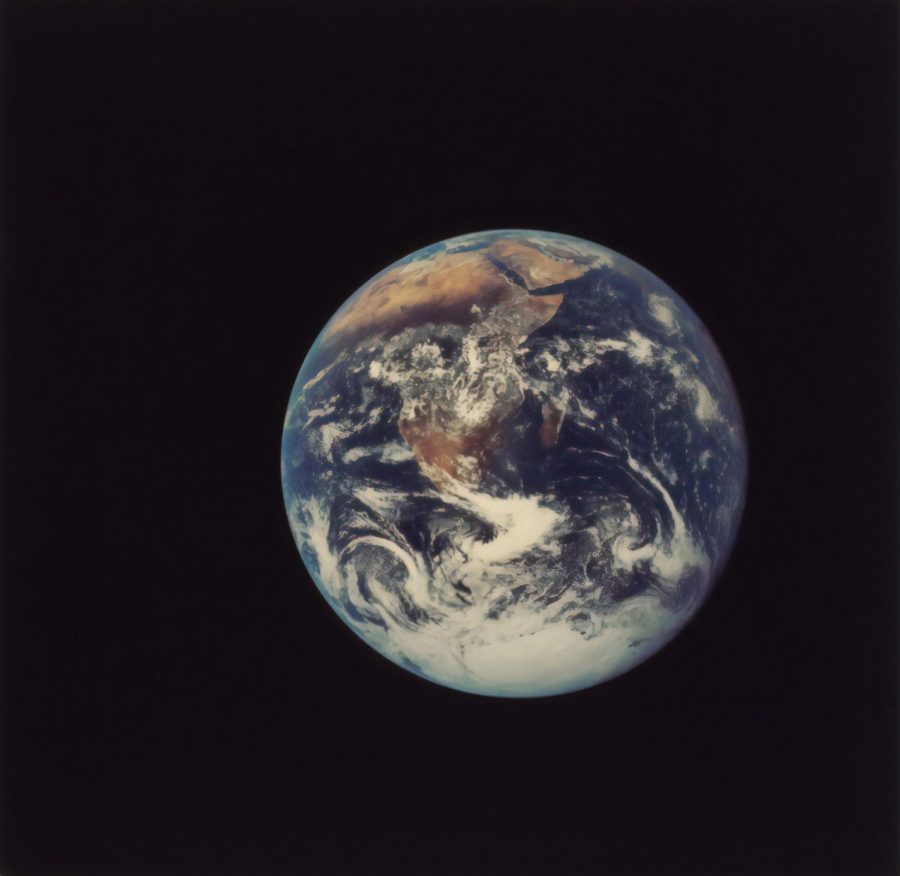It’s not an easy thing to be green: Part 1
4 tips on how to start becoming a more environmentally-friendly consumer and person
I’ve always been very passionate about climate change and protecting our planet for the generations that come after us, and during quarantine, I finally had time to start doing more digging into learning about what else I could do. Everyone hears about all of the typical stuff – turn off the lights when you leave a room, bring a reusable water bottle with you instead of buying plastic ones, don’t keep the water on while you’re brushing your teeth – all of that sort of stuff. But once you get into the habit of doing those things, what more can you actually do?
I’d felt guilty for a while about the amount of plastic consumption my family has, the amount of stuff we throw away and the consumerism we take part in all the time, but I wasn’t really sure what to do about it. I could plan for when I moved out and went to college – become one of those zero waste idols you see on blogs and social media, but I was lost for what to do in the moment. And what better time to start looking, then when I had nothing to do while stuck in quarantine?
What I didn’t know then was how quickly you can fall into a wormhole and be overwhelmed by all the information of what you’re doing wrong. It’s really discouraging, actually, and definitely doesn’t motivate anyone to work towards zero waste or even just being a little more environmentally friendly. So, I thought I’d compile a list of a few tips and some resources for any interested parties to use as a starting point. I am by no means a professional at any of this, but I’m happy to share some of my own experiences and research to get others started on the path to being more environmentally conscious.
1) Talk to your family/friends about being more environmentally friendly!
One of the hardest initial humps for me to get over when starting this stuff was rooted in the fact that I felt like I was the only one in my family who cared about any of this. Eventually, I figured out that it actually bothered my mom a lot too, and that made all the difference. Falling down into the online wormhole of eco-friendliness is a lot easier if you have someone else to pull you out and bounce ideas off of. Even if no one in your immediate family is as interested in it as you are, they care about you, and may be willing to help you figure out a starting point. If being eco-friendly is something that matters to you and your happiness, and you tell them that, they’re more likely to make an effort.
It doesn’t just have to be family either – you’d be surprised at how many of the people around you are doing different things to make an impact on the planet as well. If you’re looking for a place to come talk about it, I know Eco Club has been really good for me. Talking to and learning from others and their experiences is a great way to get your foot in the door!
2) Use what you own before you buy something new.
Going green or even becoming zero waste is an investment, and the best way to start doing it, and doing it inexpensively, is to use what you already have. Even if you’re buying an eco-friendly product, it’s better to make the most out of what you own before getting more stuff. Along with this idea, thrifting, reusing, and upcycling items are all good ways to get the most out of a product before it goes to the landfill. Refill that plastic water bottle you bought as much as possible before getting a metal one, or turn your old t-shirt into a bag to take with you to the store, then turn the bag into rags you can use when you clean your house when it gets worn out. You don’t have to buy all new products to be eco-friendly!
3) When buying products, look for eco-friendly certifications on products and company websites.
In the world we live in, a lot of value is placed on the amount of ‘stuff’ you have, and industry has become more and more geared towards profit. Products you buy on a daily basis aren’t necessarily meant to last a long time, but instead are meant to break quickly so you need a new (fill in the blank) and the company can meet the month’s profit margins. But we don’t have time to look into every single company to find out exactly what their carbon footprint is, or if they actually are fair trade and animal cruelty free, so how do we know who to buy from?
That’s where these certifications come in. There’s a wide variety of different certifications that companies can get to show they are transparent, and actually do what they say to help the environment. Here’s a few of the bigger ones to get started with:
- B-Corporation: B-Corps are companies that agree to and consistently meet certain environmental and labor/social standards, and are transparent to consumers and their certifiers about how they meet these standards.
- 1% for the Planet: This group isn’t necessarily certifying that the company and its products are eco-friendly in and of themselves, but they’ve all agreed to invest 1% of their sales back into protecting the planet and its resources, regardless of whether or not they turn a profit.
- Rainforest Alliance Certified: This one supports forestry and farms that are friendly to the environment in their harvesting practices, as well as fair labor practices for the workers and their communities. It’s found on various products like tea, chocolate, fruit, coffee, and paper or lumber products.
- USDA Organic: This is a certification for a lot of foods. With animal products, it means that there weren’t antibiotics or growth hormones given to the animals that made or are in the product. Plant-based products with this certification don’t use conventional chemical pesticides and fertilizers, and were raised in conditions that are less toxic to the environment.
For more information about eco friendly certifications, check out these sites:
- Index of LITERALLY hundreds of different certifications and information on them HERE
- 21 different certifications, many having to do more specifically with food HERE
4) Don’t beat yourself up for not being perfect.
Being eco-friendly is about making small changes. You’re not always going to remember to bring reusable bags when you go into the store, and you might not be able to purchase plastic-free options with every product you need, but if you can make a few smaller changes, it adds up. A lot of people each making a little impact ends up being a lot more than a handful of people becoming completely waste free. Don’t get discouraged, and don’t stop learning about this! Spread the awareness, and eventually, it will help make a big change!
If you liked this article, keep an eye out for a second part with a list of excellent eco-friendly companies!

My name is Julia Ehlers, and I’m a senior here at Lincoln East. This is my second year on the Oracle Staff, and I’m looking forward to another great...


